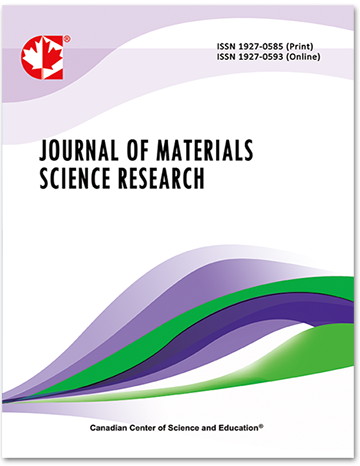Thermogravimetric Study on Devolatilization Kinetics of Chinalco Anodes during Baking
- Duygu Kocaefe
- Yadian Xie
- Yasar Kocaefe
- Liu Wei
- Shaoling Zou
- Anjing Wu
Abstract
The production of aluminum requires the use of carbon anodes which are manufactured from coke, pitch, and recycled butts and anodes. Pitch acts as a binder. Green anodes are produced by mixing all these ingredients and then forming them in a compactor. The final step is the baking of green anodes, which determines the final anode properties. During baking, volatiles evolve from the pitch which carbonizes and binds the particulate matter. Anode quality greatly influences the performance of electrolytic cells and has an impact on carbon consumption, energy use, green house gas emissions, and cost.
In this project, the effects of the baking conditions on some of the anode properties (air permeability, air and CO2 reactivities) were studied, and the devolatilization kinetics was determined for different cases. The results indicate that the lower heating rates and higher baking temperatures improve the above properties. In this article, the experimental work and the methodology for the determination of the kinetic expressions for devolatilization are described, and the results are presented. The position of volatile evolution in the baking furnace can be determined via these expressions, and this could be effectively used in controlling the volatile combustion to improve the furnace performance.
- Full Text:
 PDF
PDF
- DOI:10.5539/jmsr.v2n2p22
Journal Metrics
Impact Factor 2022 (by WJCI): 0.583
Google-based Impact Factor (2021): 0.52
h-index (December 2021): 22
i10-index (December 2021): 74
h5-index (December 2021): N/A
h5-median (December 2021): N/A
Index
- CAS (American Chemical Society)
- CNKI Scholar
- Elektronische Zeitschriftenbibliothek (EZB)
- EuroPub Database
- Excellence in Research for Australia (ERA)
- Google Scholar
- Infotrieve
- JournalTOCs
- LOCKSS
- NewJour
- PKP Open Archives Harvester
- Qualis/CAPES
- SHERPA/RoMEO
- Standard Periodical Directory
- Universe Digital Library
- WJCI Report
- WorldCat
Contact
- John MartinEditorial Assistant
- jmsr@ccsenet.org
